Understanding the difference between paint sheens and how each can create various moods and dimensions in a space is an excellent way to impress your customers. Imagine wowing your customers by describing each sheen, their functional and aesthetic qualities, and the many possibilities for mixing and matching to create a truly unique space.
Selecting the best paint sheen for your client’s space requires understanding how sheen level affects light, color, and texture and keeping up with the latest trends and technology. We caught up with Behr’s Erika Woelfel, Vice President of Color & Creative, and Sid Maxey, Senior Director of Research & Development for the latest and greatest in paint sheens.
Sheen Technology
Sheen determines how much light reflects off the coating. Lower sheens absorb light, giving a matte finish, and higher sheens reflect light, giving a glossier finish.
Traditionally, a lower sheen has been achieved by adding more extender pigmentation like calcium carbonate, talcs, micas, etc.
If you looked at it under magnification, it would kind of look like the surface of the moon or like a mountain range,” said Maxey. This surface texture absorbs the light, creating a matte finish.
To create a higher sheen, the ratio of binder to extender pigmentation increases, giving you that smooth, reflective look.
The benefit of a more matte sheen is that the texture not only absorbs light, but also hides imperfections in the wall; however, it’s not as scuff-resistant.
Because the rough material sticks out like mountain ranges, when your shoulder rubs against them on a wall, you break the peaks off of those mountains, creating scuffing, marring, and a sheen differential,” said Maxey.
That breakage is why lower-sheen paint has not historically been considered as durable or cleanable as higher-sheen paint.
Luckily, as the world of paint evolves to meet the needs of professional painters and end users, chemists like Maxey get the opportunity to be creative and build new technologies. In this instance, it’s creating a lower-sheen paint without using a high concentration of extender pigments, giving both high hide and durability.
If you can get rid of those pigments, then you don't have anything to break, which means that your products are more resistant to scuffing and marring,” says Maxey.
Today, BEHR ULTRA® Interior Paint is a great example of a paint specifically designed to offer that high hide of an ultralow sheen and durability.
And that was achieved through advanced technology,” said Maxey. This durability can be especially important when dealing with darker colors. “If you have a very flat sheen in a navy blue, sometimes marring can happen just by touching it. With BEHR ULTRA Interior Paint, you can get really vivid colors without the risk of sheen change.”
[caption id="attachment_1904" align="alignnone" width="2048"] Walls: Dark Secret PPU26-23A[/caption]
2025 Sheen Design Trends
Of course, if you only talk to your clients about the functionality of a sheen, you are missing half its appeal.
Sheen can have a big impact on the mood and atmosphere of a space if you know how to use it,” said Woelfel. “It can bounce light around in really interesting ways.”
One area where sheen can play a big role is in color drenching. Color drenching is when you use a single color for everything in the room (ceiling, walls, trim, baseboard, door, etc.).
There are a couple of approaches that I think have been really interesting from a design-and-paint-application perspective,” said Woelfel.
Single sheen: “You can create a very sophisticated and cohesive look if you’re just using all one sheen, like matte for example, in an entire room,” said Woelfel.
[caption id="attachment_1905" align="alignnone" width="2073"] Walls: Cracked Pepper PPU18-01; Ceiling: Weathered White HDC-NT-21[/caption]
Different sheens on different substrates: This follows the more traditional use of sheens, but it creates dimensionality in a color-drenched room. “You can use sheen to highlight architectural features. For example, flat on the walls and semi-gloss on the ceiling can capture the light in an interesting way and create a dynamic atmosphere,” said Woelfel.
[caption id="attachment_1906" align="alignnone" width="2048"] Walls & Ceiling: Rumors MQ1-15[/caption]
Sheens can help create architectural features: A chair rail is one way to create architectural interest in a room, but you can take it a step further by doing it with paint. “It is an effective look when the upper wall above the chair rail is painted a matte finish and the lower wall is a higher sheen,” said Woelfel.
[caption id="attachment_1907" align="alignnone" width="2048"] Upper Wall: Perfect Taupe PPU18-13; Lower Wall: Aubergine N100-7; Trim & Ceiling: Blank Canvas DC-003[/caption]
Dual-sheen feature: In addition to texture and light reflection, sheen also affects the appearance of color. As the sheen goes up, the color appears darker. Because of this, layering different sheens on the wall in the same color can create shifts of color and dimensionality. One idea is to paint the wall in a matte sheen and then overlay a design in the same color with a glossier sheen.
[caption id="attachment_1908" align="alignnone" width="2048"] Walls & Graphic Overlay: Weathered White HDC-NT-21; Trim: Whipped Cream DC-001[/caption]
Sheens are something that I think contractors should explore as they’re doing different projects. It just adds another layer of professionalism. Plus, you can create some really dynamic décors and appealing aesthetics when you get the sheen right,” said Woelfel.
Regardless of whether you are working to create a design that is traditional or modern, or you’re looking to deliver durability in a heavily trafficked space, sheens are an exciting talking point when communicating with a customer.
If you have paint sheen questions or want to learn more, contact your local BEHR® Pro Rep.
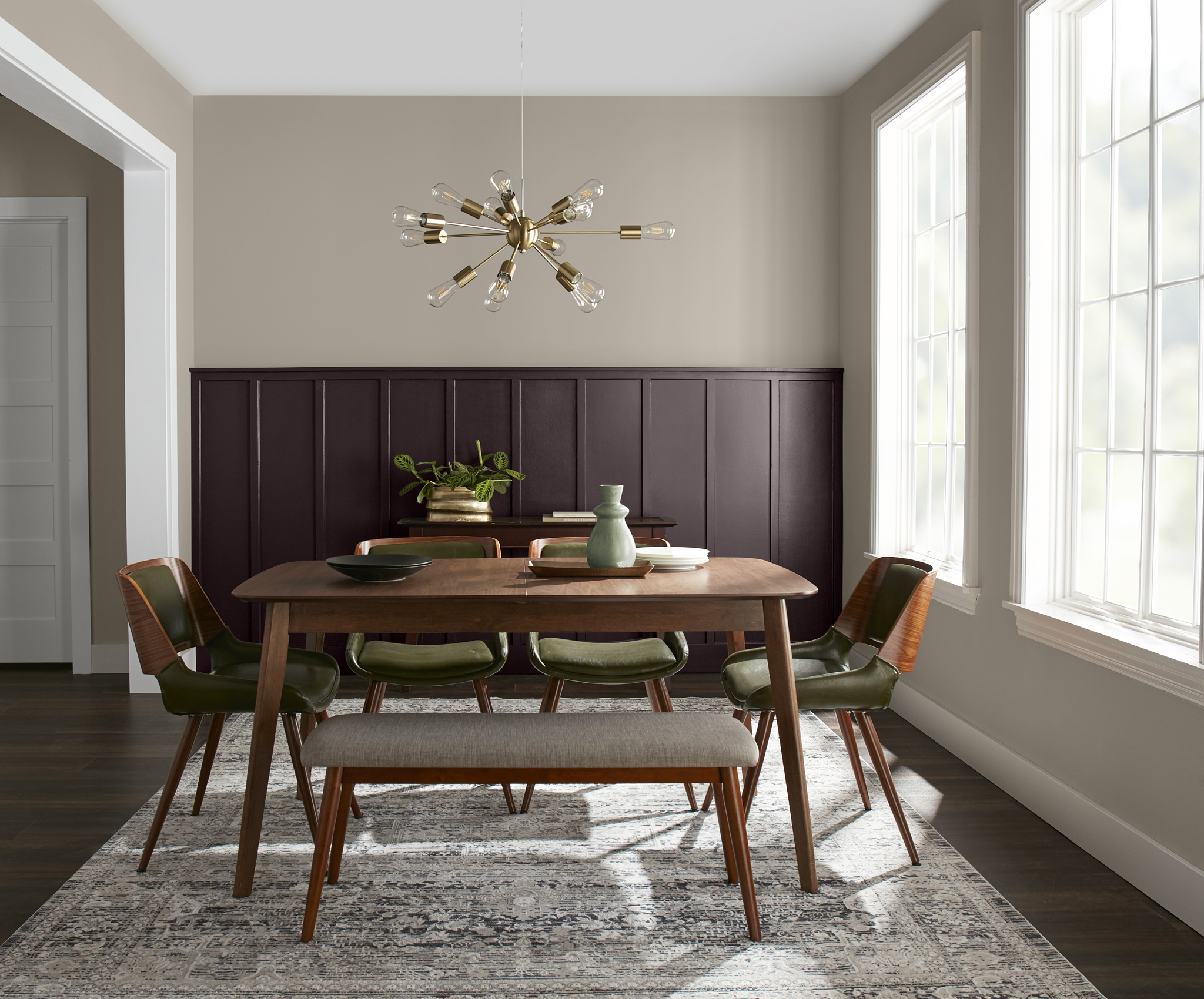
Business Building
Pro Tips
Products
Paint Sheen Differences
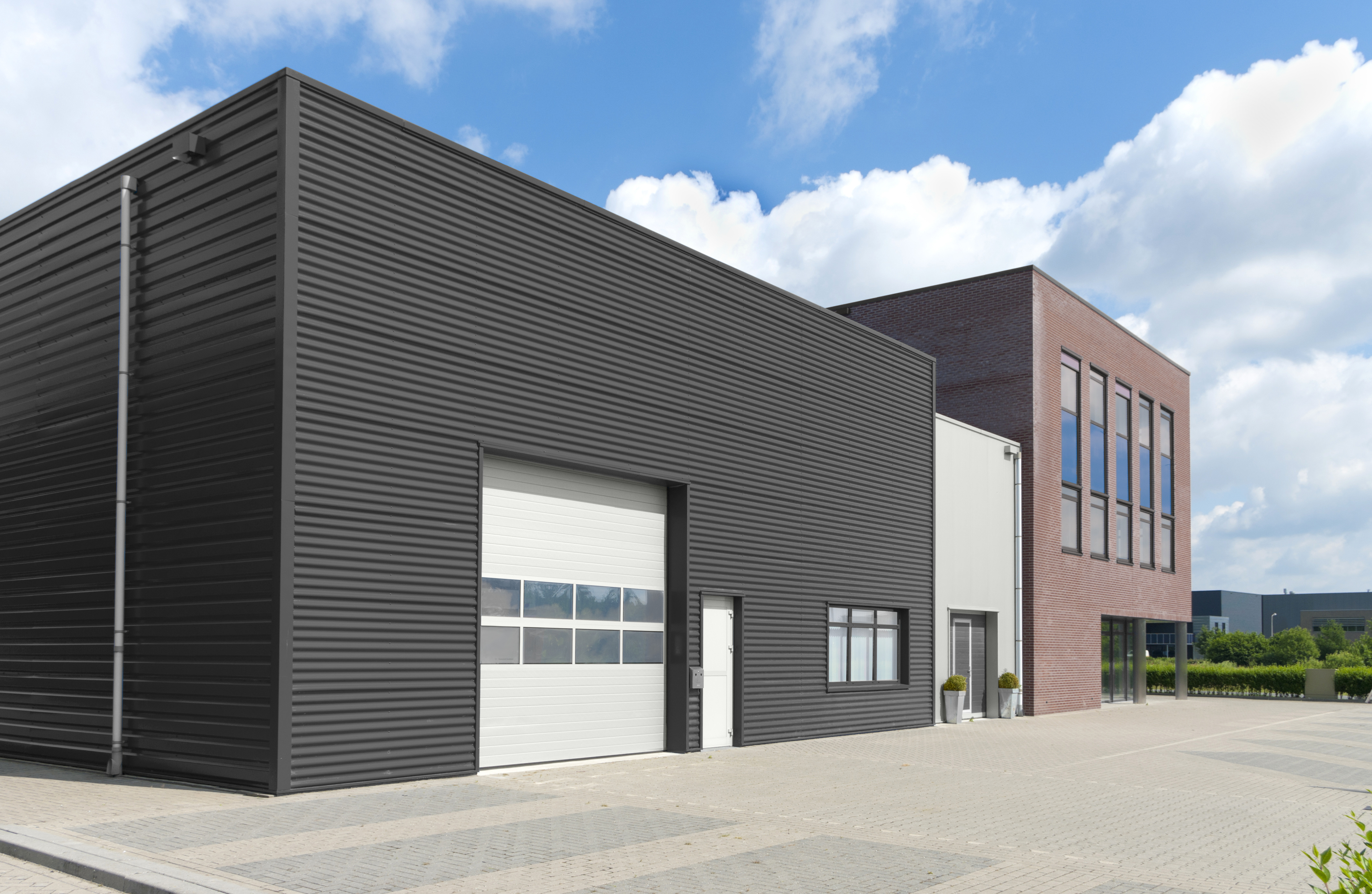
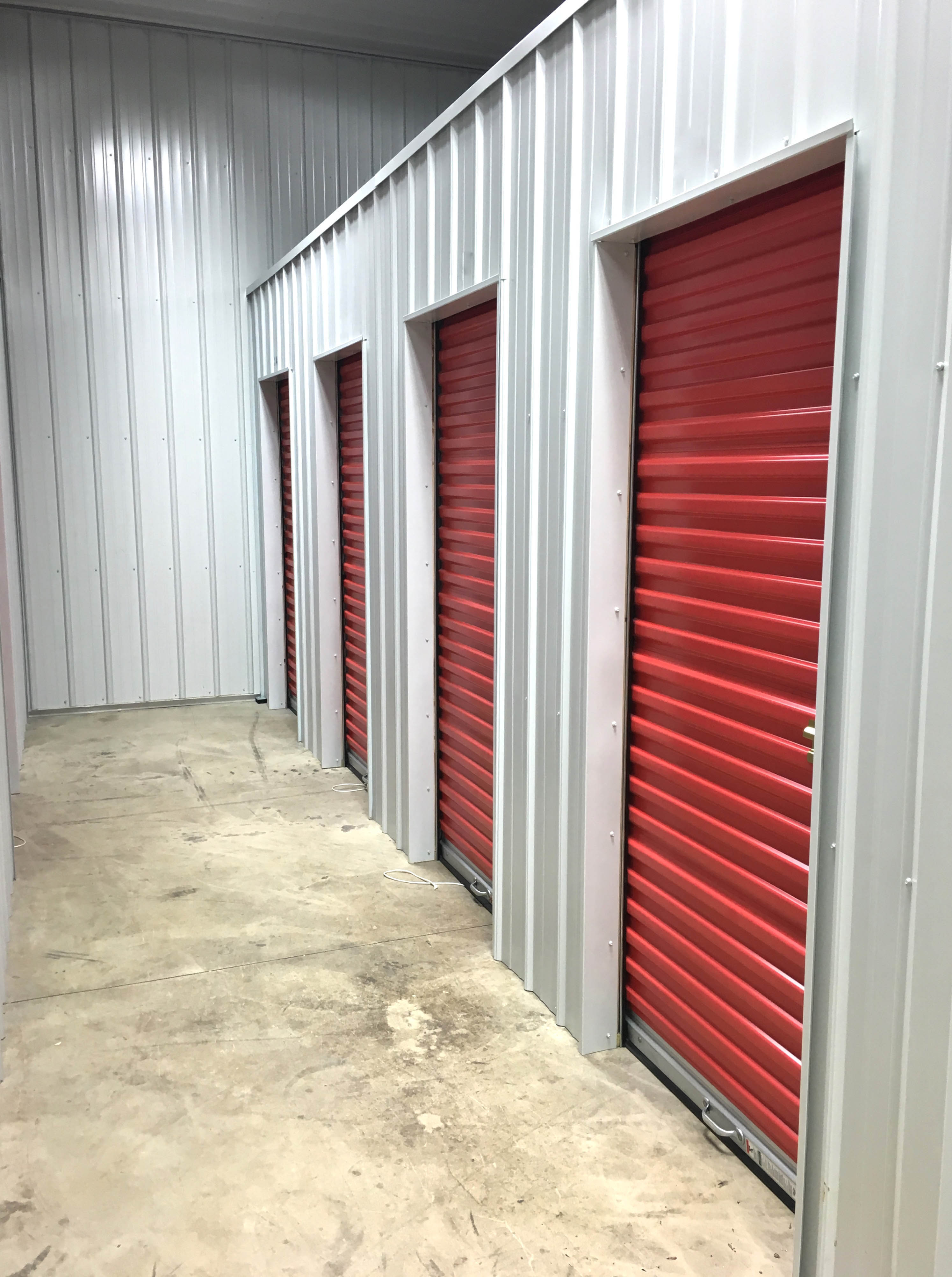
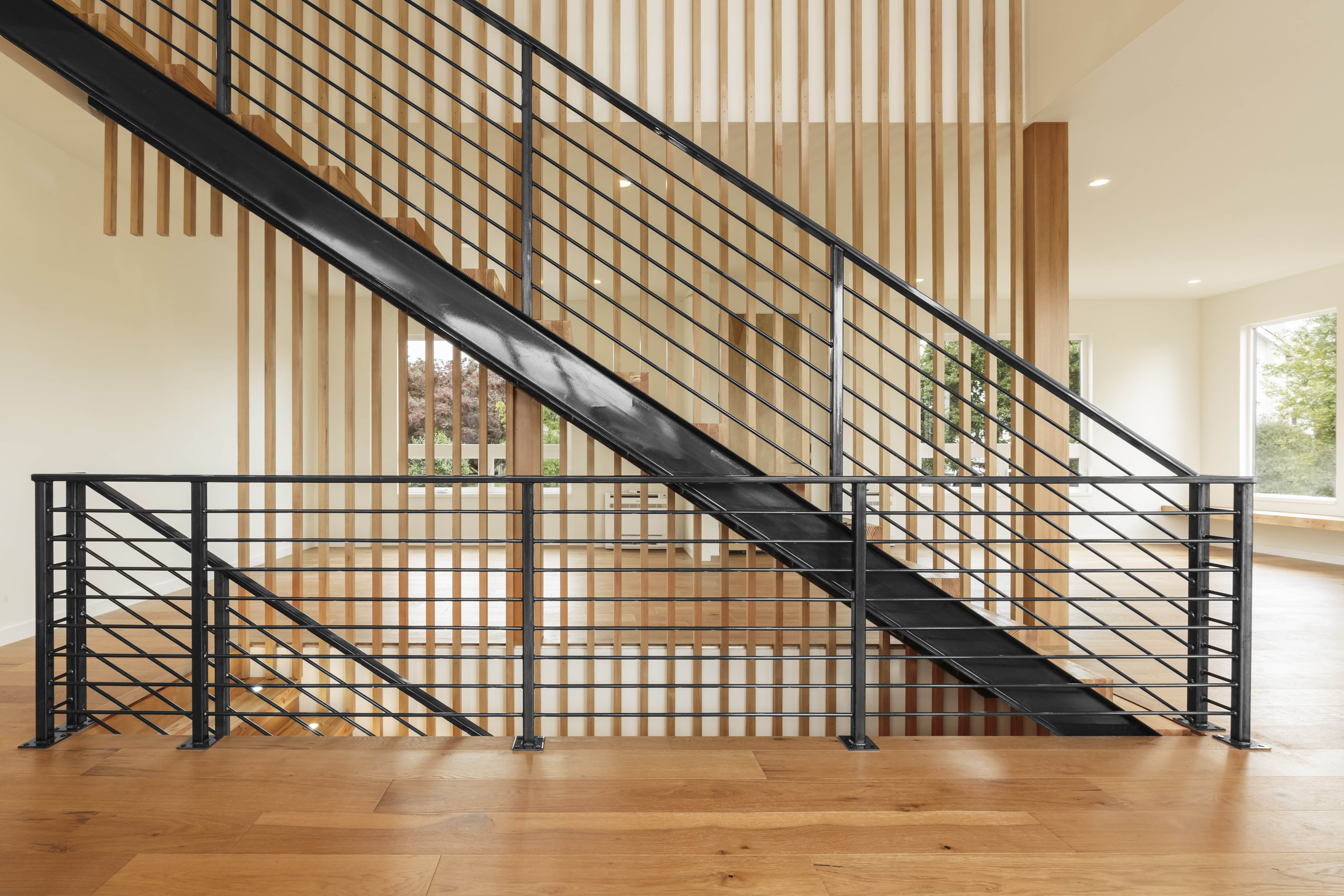
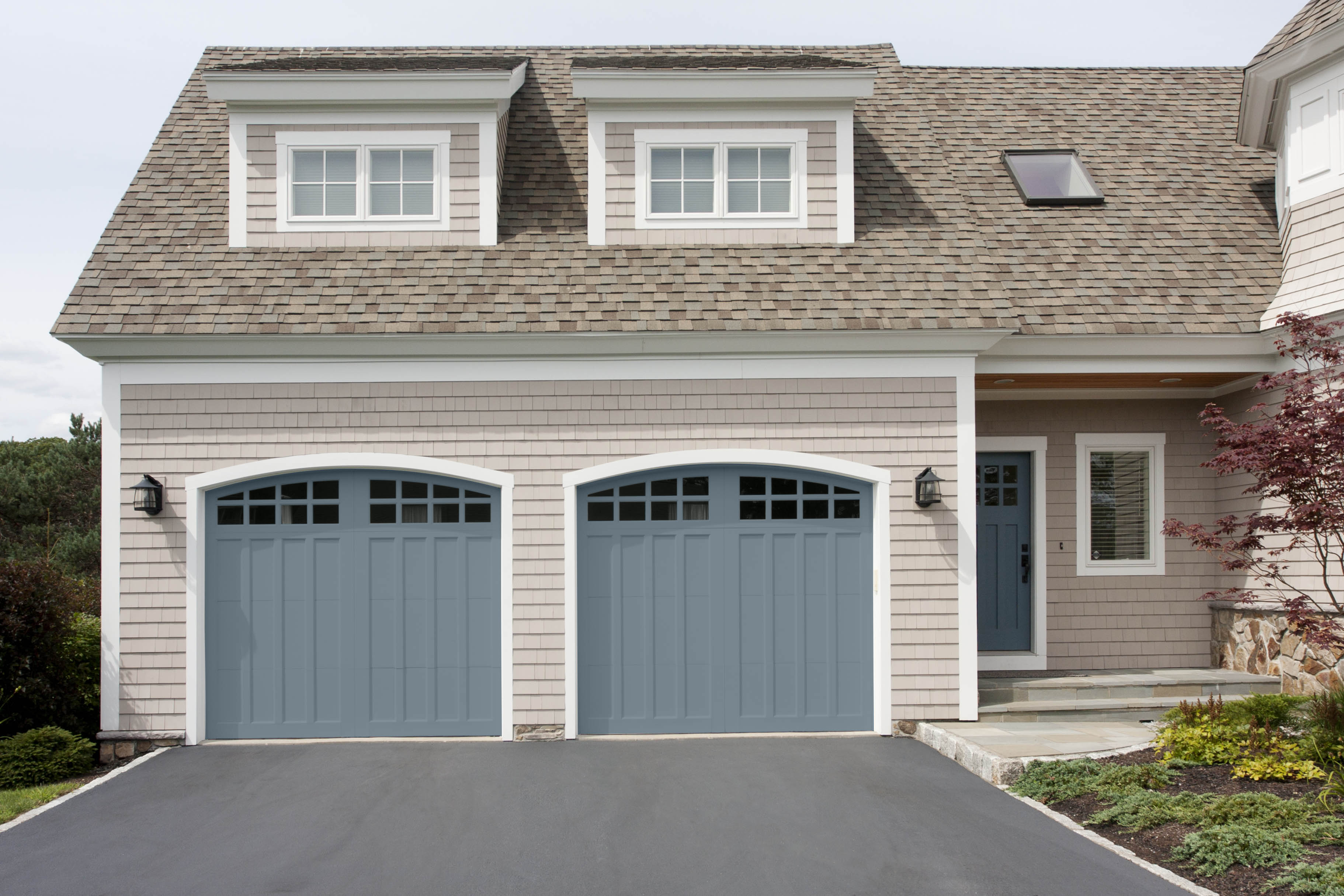

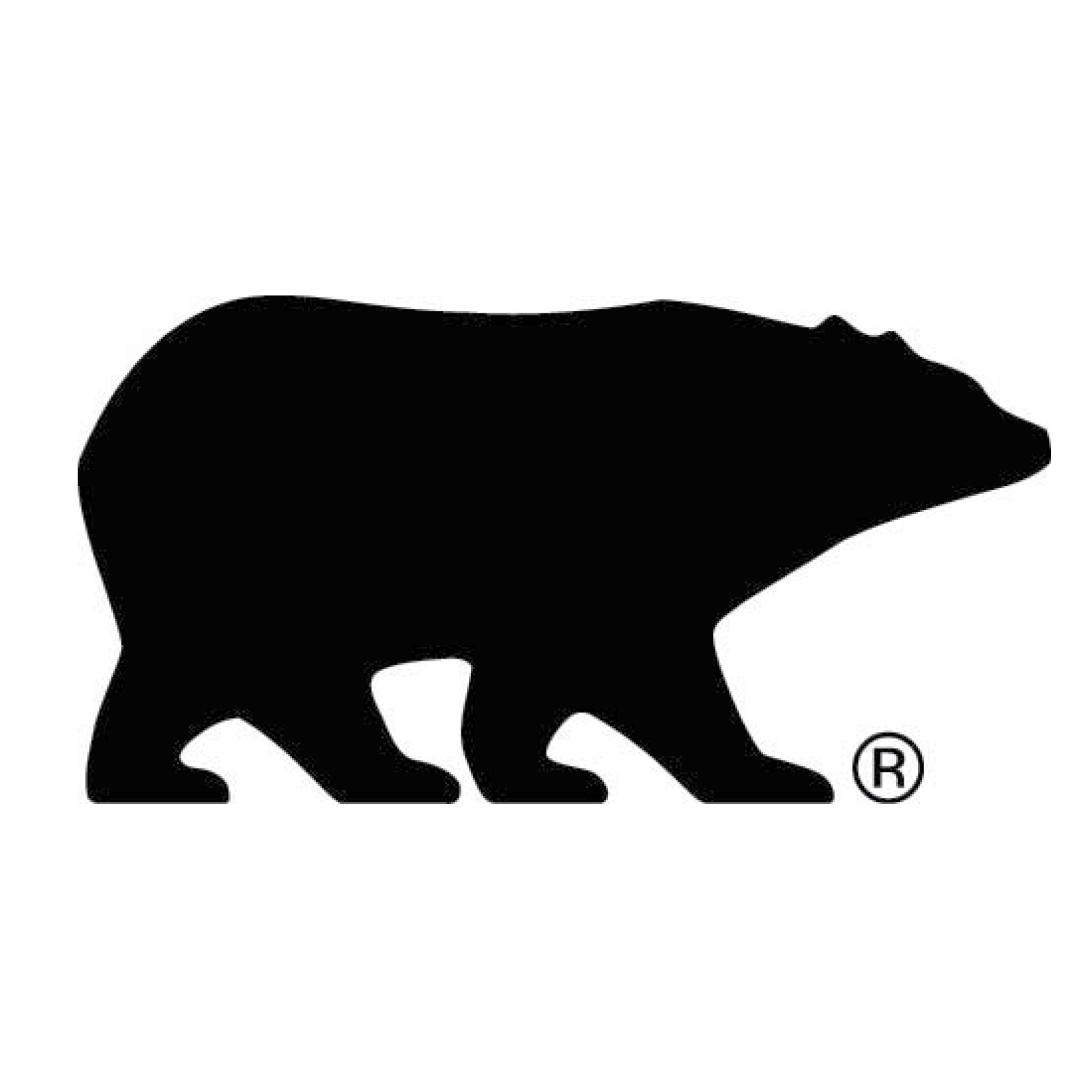
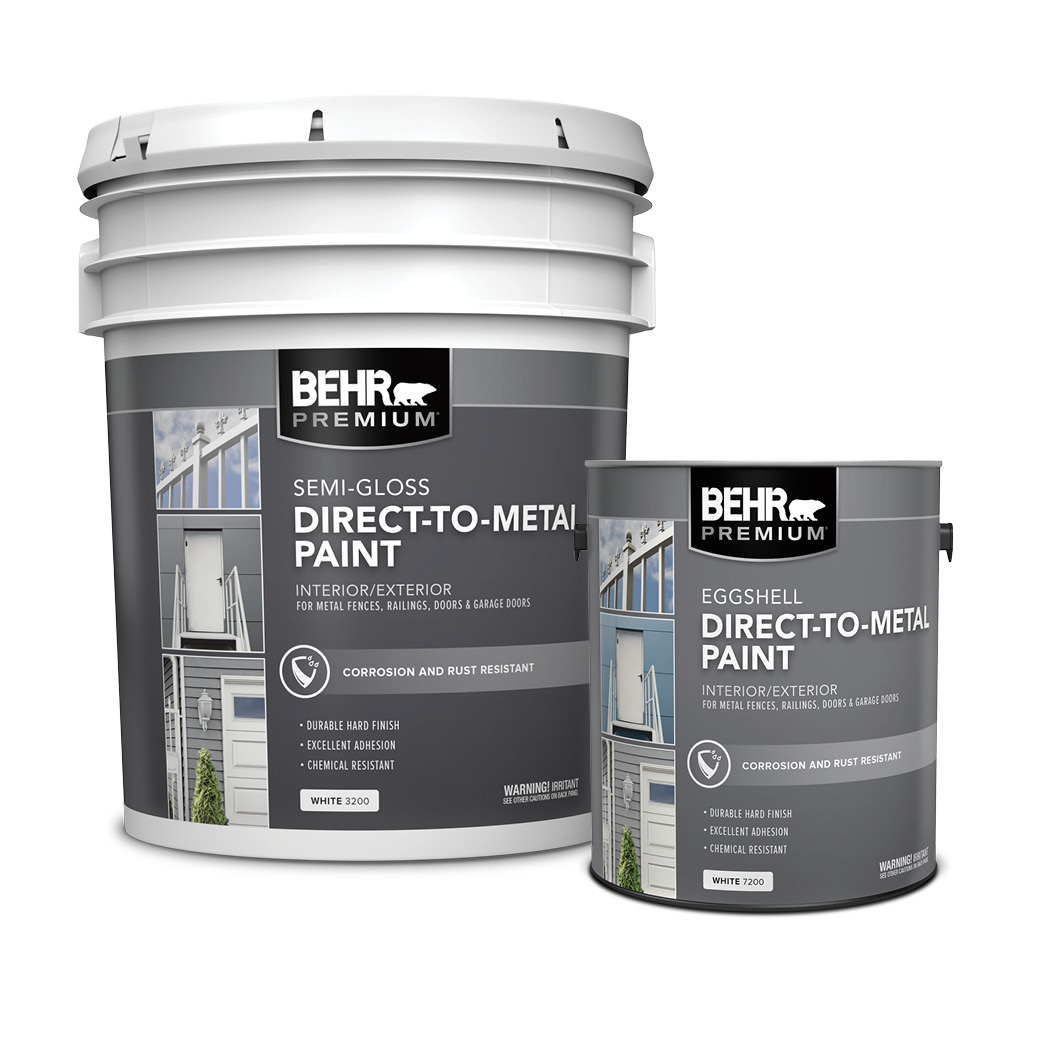


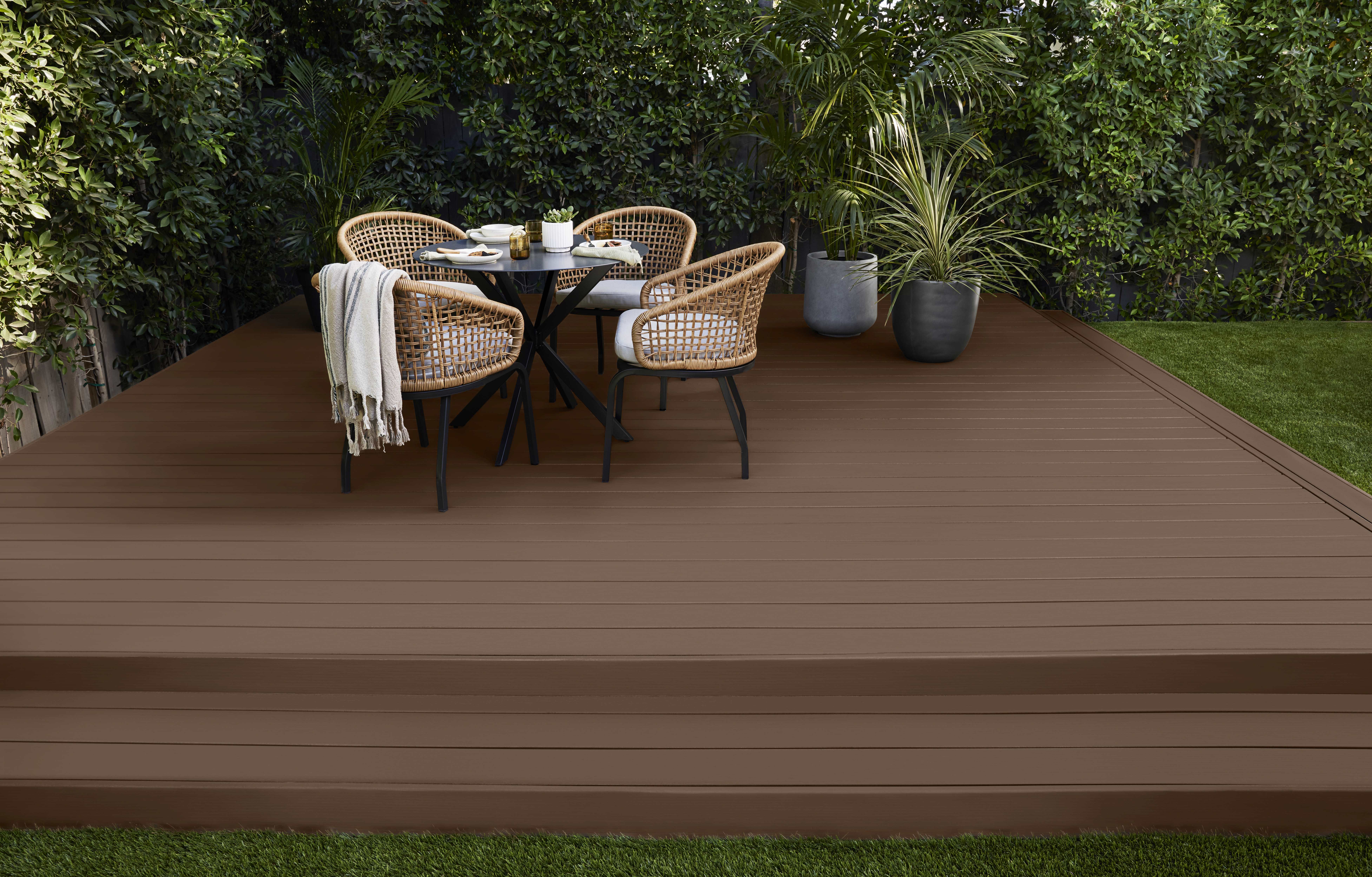

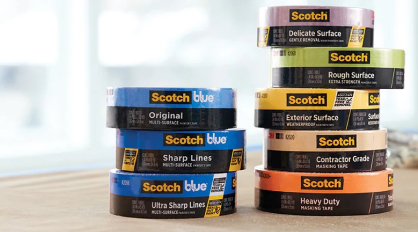

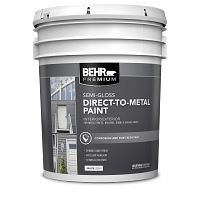
Is Behr Premium Direct to Metal Paint able to have colors added to it or does it come in other colors.
I’m painting outdoor wrought iron table, chairs end table, coffee table, etc. and do not want white, cream
red or black. Can it be tinted with another color at Home Depot if requested .
Hi Valerie,
Yes, The Home Depot stores can tint Direct-to-Metal Semi-Gloss or Eggshell to any color, light to deep.
Kindly,
The BEHR PRO Team
Can I use this on vinyl siding as well?
Hi Nathan,
While our Direct-to-Metal paint can be used on other properly prepared substrates like vinyl, it is not the best choice for vinyl surfaces. BEHR premium exterior paints, such as DYNASTY, MARQUEE, ULTRA, and PREMIUM PLUS, are more suitable for painting vinyl siding. These paints are designed to offer the necessary flexibility to accommodate surface movement caused by temperature fluctuations.
Kindly,
The BEHR PRO Team
Can this paint be used to paint a steel pole building
Hi Terri,
Direct-to-Metal can be applied to metal buildings that are properly prepared and primed. For best results, we recommend using BEHR® Metal Primer.
Kindly,
The BEHR PRO Team
Can the Black Semi-Gloss Direct to Metal Interior/Exterior Paint be used on galvanized fence brackets?
Thanks!
Hi Anna,
Direct-to-Metal can be used on galvanized fence brackets, provided they are properly cleaned, degreased, and primed with BEHR® Multi-Surface Stain-Blocking Primer & Sealer or BEHR® Metal Primer before applying the product.
Kindly,
The BEHR PRO Team
What is the best way to paint a powder coated aluminum outdoor fence?
Hi Helen,
1. Clean the Surface: Thoroughly clean the fence to remove any dirt, grime, or other foreign contaminants. Use a pressure washer or a garden hose with a scrub brush.
2. Sand the Surface: Lightly sand the powder-coated surface to create a rough texture for better paint adhesion. Use 180-220 grit sandpaper.
3. Apply a High-Adhesion Primer: Use BEHR® Bonding Primer. Allow to dry at least one hour before topcoating.
4. Apply Topcoat/Finish: Use either BEHR PREMIUM® Direct-to-Metal (available in eggshell and semi-gloss) or BEHR PREMIUM® Urethane Alkyd Enamel (available in satin and semi-gloss).
Note: As far as primer/paint application, spraying is the best approach for a quicker application. If that’s not possible, using a brush and roller will work too, though it will take more time and effort.
Kindly,
The BEHR PRO Team
When using the DTM paint on a corrugated metal building that came from the factory painted, is a primer required?
Hi Brian,
Prior to applying our Direct-to-Metal Paint, we recommend cleaning the surface thoroughly, performing light sanding, and priming with BEHR® Bonding Primer.
Kindly,
The BEHR PRO Team